1995 saw release of the ill-fated (but fantastic) Sega Saturn. I am still a big fan of the 32-bit console.
I have recently been looking back at my gaming history, and it struck me just how influential the Sega Saturn was to me.
It must have been about 1998 when a school friend wanted rid of a Saturn with Sega Rally Championship, Virtua Fighter 2, and a few demo discs – and I decided to buy it. I instantly fell in love with it and started collecting games and accessories like mad. I even convinced my dad to get one.
It was a large, black console. It was the first dedicated CD drive console from Sega (excluding the MegaCD, as it was an add-on). It featured two 28.6 MHz CPUs and 4 MB system RAM as well as two video processors and two sound processors.
As a fan of both Nintendo and Sega, I was annoyed at the new boy (a.k.a. Sony) muscling in and stealing the gaming market. I praised the joys of the Saturn to anyone who would listen.
Release
Sega brought forward the Saturn release date to ensure it beat the Sony PlayStation to the market. This annoyed developers, leading to a lack of release games. The Saturn initially outsold the PlayStation, but not for long. After a few months, the PlayStation left the Saturn eating its dust, partly due to Sony releasing the PlayStation at a much lower launch price and with an impressive range of launch titles.
Technically speaking, the Saturn was a more powerful console than the PlayStation – offering more system and video memory – but the dual processors and quadrilateral rendering system were hard to program for, and most developers became very sloppy when writing or porting games for it.
Sony were fresh into the market with 3D in mind. Sega were still relying heavily on their 2D past, and it shows in both consoles. 2D gaming on the Saturn blew away the PlayStation, considering its past – but 3D gaming took the edge on the PlayStation, and being easier to write for meant developers preferred it.
Demise
The increasing popularity of the PlayStation created a snowball effect. More people bought it, therefore more games were developed for it, more games were developed, and then more people bought it. This had a negative effect on the Saturn. While customers were drawn to the PlayStation, developers saw this and left the Saturn out in the cold. Less games then meant less gamers.
After around three years, the Sega Saturn was discontinued in Europe and America, living a little longer in Japan.
The lack of real success from the 32x and MegaCD add-ons for the MegaDrive line, topped with the Saturn’s poor sales, was slowly sealing Sega’s demise, and its successor, the Dreamcast, while also brilliant, just couldn’t compete with Sony and its PlayStation 2 – thus making the Dreamcast the last console from Sega before folding its console side.
Sega MegaDrive/MegaCD – MegaDrive 2/MegaCD 2 – 32x – Dreamcast.
Despite its short life, the Saturn had an impressive range of games and accessories, and I still love it and cherish it as one of the best consoles of all time. There were, however, less than 300 games released for it.
Cancellation of Sonic X-treme
A new 3D platformer was in long development called Sonic X-treme. However, it was eventually cancelled in 1997. This left the Saturn with no major new Sonic title and nothing flagship, with only Sonic Jam – a repackaged collection of MegaDrive games. It was left to Nights Into Dreams to be the main attraction, and while great, it lacked something their regular mascot did.
My Saturn
As consoles go, the Saturn was the one I had the most games and accessories for and spent the most time playing and shopping for. I was young, free, and single at the time and had just started full time employment, so had plenty of cash to spend on it – and by the time I was enjoying the Saturn, it was losing its battle to the PlayStation, so games – especially preowned – were quite inexpensive.
This had the opposite effect on accessories, which were becoming more expensive and harder to find.
Amongst my vast collection of games were these gems:
Racing: Daytona USA, Destruction Derby, F1 Challenge, Hardcore 4×4, Impact Racing, Manx TT Super Bike, Road Rash, Sega Rally Championship, Sega Touring Car Championship, Sonic R, The Need For Speed, Virtua Racing, Wipeout.
Platform: Bug, Bug Too, Clockwork Night, Clockwork Night 2, Croc, Die Hard Trilogy, Gex, Pandemonium!, Rayman, Sonic 3D Blast, Sonic Jam, Tomb Raider.
Fighting: Fighting Vipers, Shinobi X, Street Fighter Alpha, Virtua Fighter, Virtua Fighter 2, Virtua Fighter Kids, Virtua Fighter Remix, Virtual On.
Shooting: Darius 2, House Of The Dead, Loaded, Mass Destruction, Mech Warrior 2, Resident Evil, Tunnel B1, Virtua Cop.
Flying: Christmas Nights Into Dreams, Firestorm Thunderhawk 2, Magic Carpet, Nights Into Dreams.
FPS: Doom, Duke Nukem 3D, Exhumed, Hexen, Quake.
RPG: Command & Conquer, Panzer Dragoon, Theme Park.
Puzzle: Grid Runner, Lemmings 3D, Saturn Bomberman, Worms.
Sports: Athlete Kings, Pebble Beach Gold Links, Sega Worldwide Soccer ’97.
The most played of these were Croc, Die Hard Trilogy, Loaded, Nights Into Dreams, Quake, Saturn Bomberman, Sega Rally Championship, Sonic Jam, and Virtua Racing.
As well as games, I had several controllers including official ones and unofficial ones, the bizarre looking 3D Control Pad, a Virtua Gun, and an Arcade Racer steering wheel, even though I don’t like wheels.

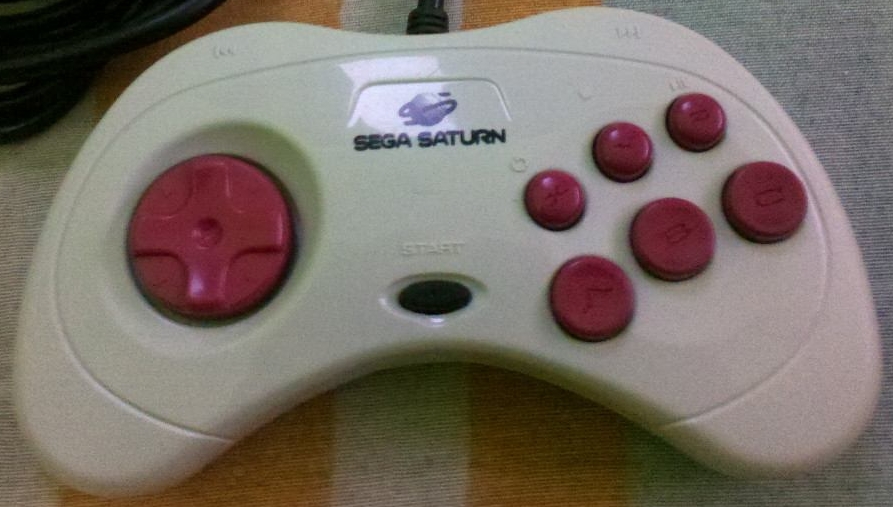



I also had a few Backup Memory cartridges, which sat in the top of the console like giant memory cards. It expanded the memory, allowing more saves than could be handled internally and giving the ability to transfer them to other consoles. I also had a Video CD add-on card which allowed the CD drive to play Video CD films and could enhance some in-game videos on certain games.

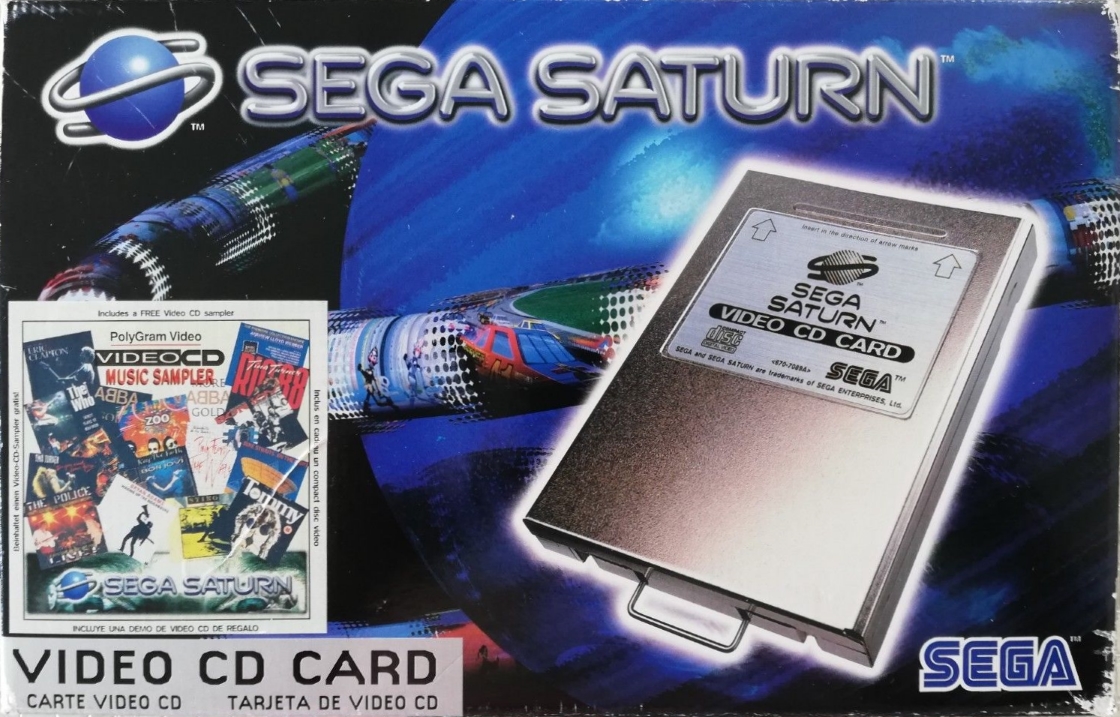
I also picked up a lot of official Sega Saturn magazines, which ran for 37 issues and covered mainly the Sega Saturn, but also other Sega consoles, and more of the Dreamcast towards the end of the magazine’s life.
There was also an album called Club Saturn that featured remixes by big name DJs such as Marshall Jefferson, Remarc, and Kenny Ken, as well as a demo disc too.
However, as with most things, life took over, things moved on, and I regrettably sold my Saturn collection in about 2001.
Again
I often toy with picking up either a Saturn or a Dreamcast, and while the Dreamcast is newer and had far superior graphics, I had far more gaming time on my Saturn and so many more memorable games.
Sega will always be my favourite console maker, and its demise and departure from the console market was a sad time. While a lot of Sega fans dream of a sequel to the Dreamcast, there is even more competition now than back in the 90s from some very established players. Sega really has no chance of competing.
Conclusion
The Saturn was an amazing system, it is just a shame it had limited success. I might pick another one up at some point.
* The MegaDrive and Mega CD were called the Genesis and Sega CD outside of Europe.
Accessories images are taken from Sega Retro, an excellent site dedicated to Sega consoles and gaming.
Follow Simon Royal on Twitter or send him an Email.
Like what you have read? Send Simon a donation via Tip Jar.
Interested in low-end gaming? Join Low End Gaming on Facebook!
keywords: #sega #segasaturn #virtuafighter #sonic #techspectrum #simonroyal
short link: http://goo.gl/u0ypb9
searchwords: segasaturn

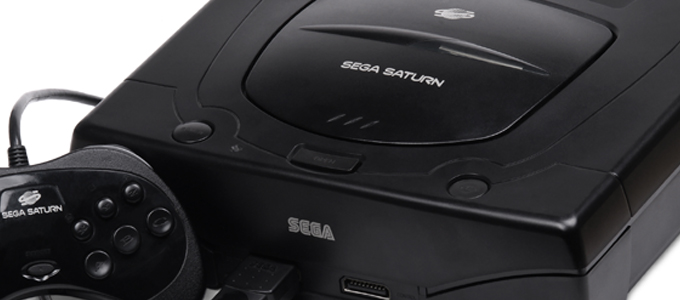

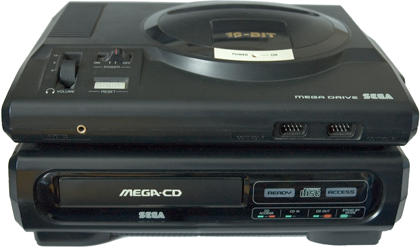
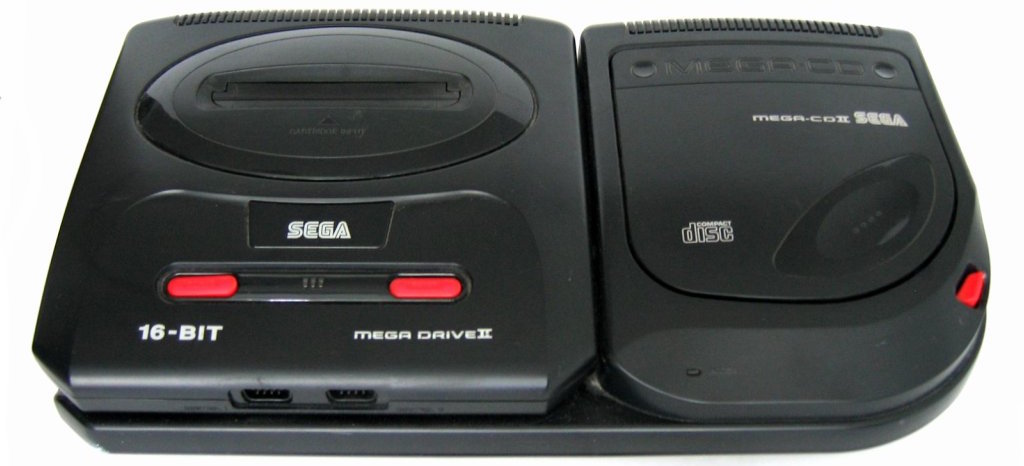
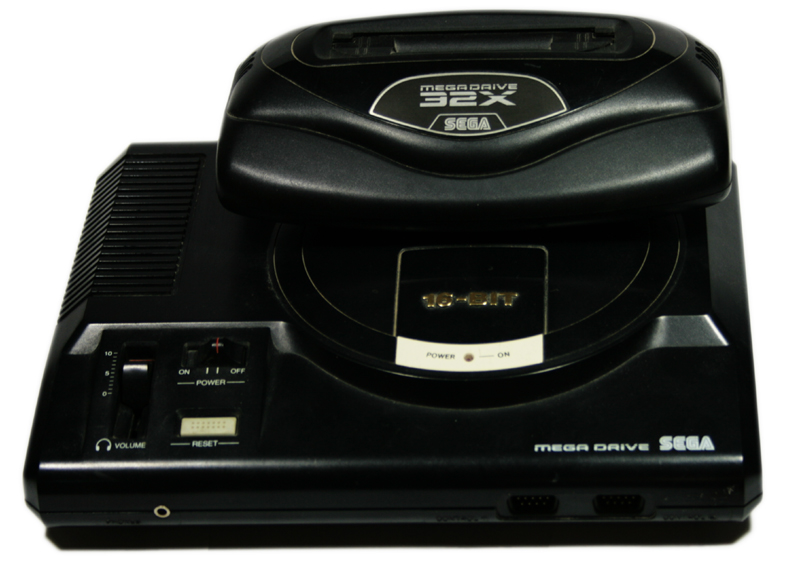
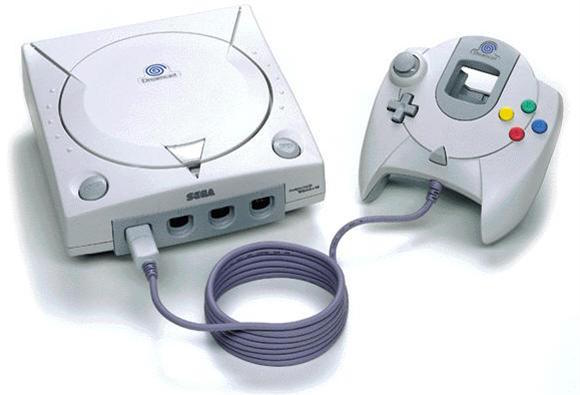
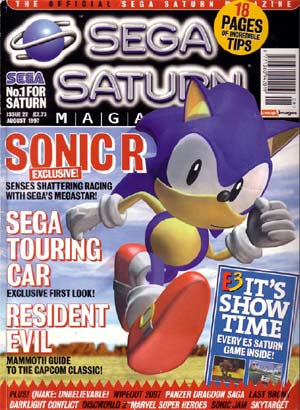
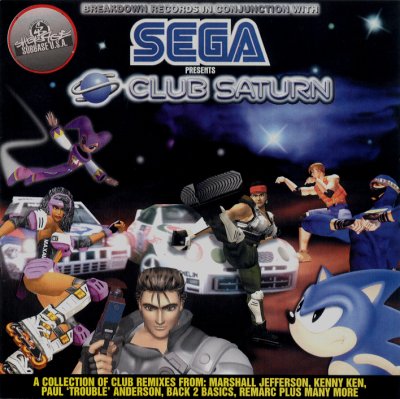

As a retro game buff I really appreciated this retrospective of your experience with the underdog saturn.